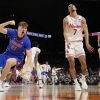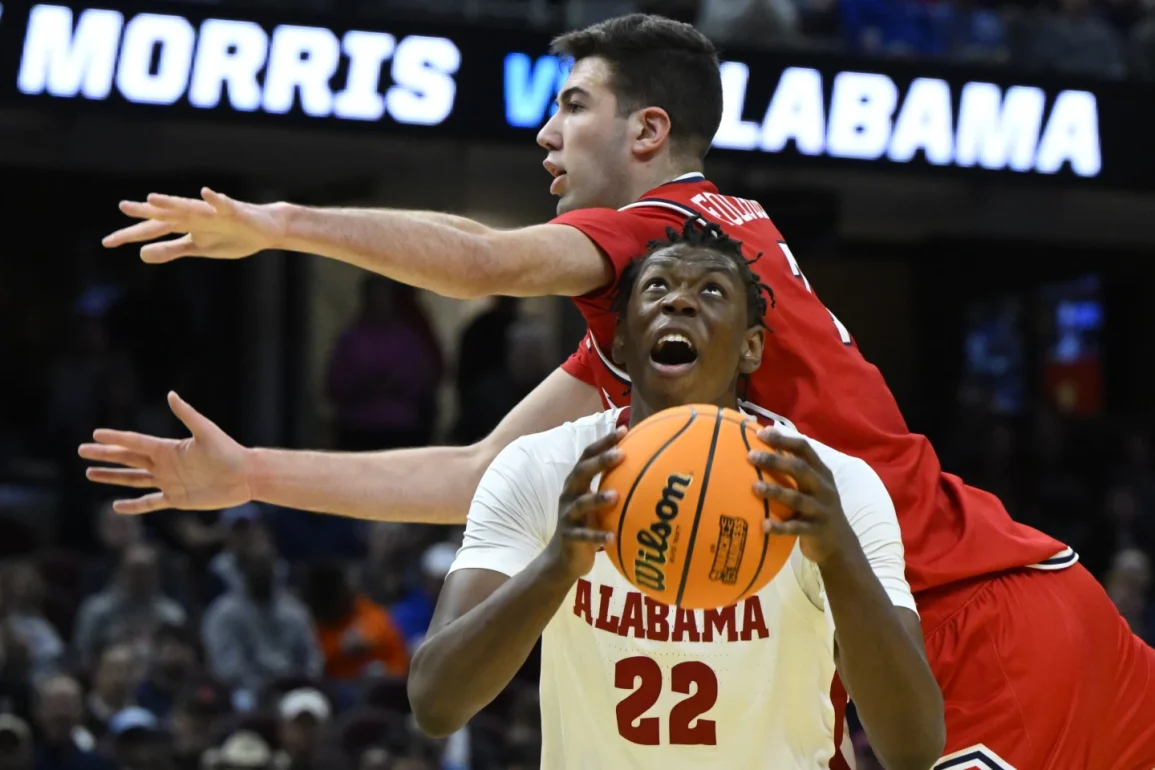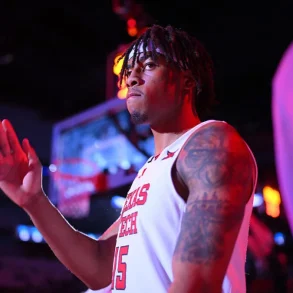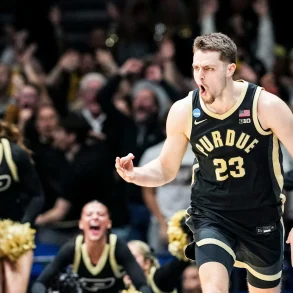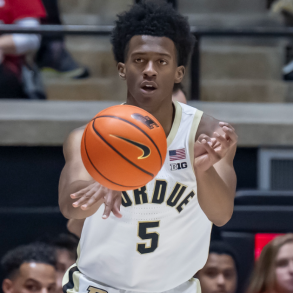Players compete for more than just a chance to reach the Final Four and win at March Madness. It’s also an opportunity to be noticed by other teams and to make moves for their future.
The transfer portal opened on Monday, allowing basketball players a 30-day period to switch schools. This means that some of the 1,000 players from the 68 teams that made it to the NCAA Tournament – including the 250 still competing in the Sweet 16 – are playing to win, but also to get more money, more playing time, or to improve their chances for the next season.
In many ways, the NCAA Tournament has become the most important three-week scouting event on the college basketball calendar.
“Anytime you can show up on a big stage and realize there are certain guys who are wired different, to take a hold of big moments, that’s almost a personality trait,” said Doug Stewart, the chief of staff for coach Kevin Young at BYU. “It’s the data that doesn’t come up in analytics and film.”
By the time the tournament begins, teams have already done a lot of scouting.
However, that doesn’t mean there’s no data.
For Stewart and others in similar roles, scouting and finding the best fits is a year-round task. Marc VandeWettering, the chief of staff for basketball operations at Wisconsin, explained, “You know who people are before they become available.”
“If you wait to do your research until a name pops up in the portal, you’re going to be behind and not be able to move quickly enough,” VandeWettering said.
Wisconsin’s 91-89 loss to BYU on Saturday also made the need for roster management more urgent. VandeWettering and his staff had hoped to delay some parts of the process, such as keeping players who might be considering transferring.
“We’ve been proactive with the guys who are eligible for retention,” he said. “We’ve had some good conversations with those guys, but it takes some time to get things finalized.”
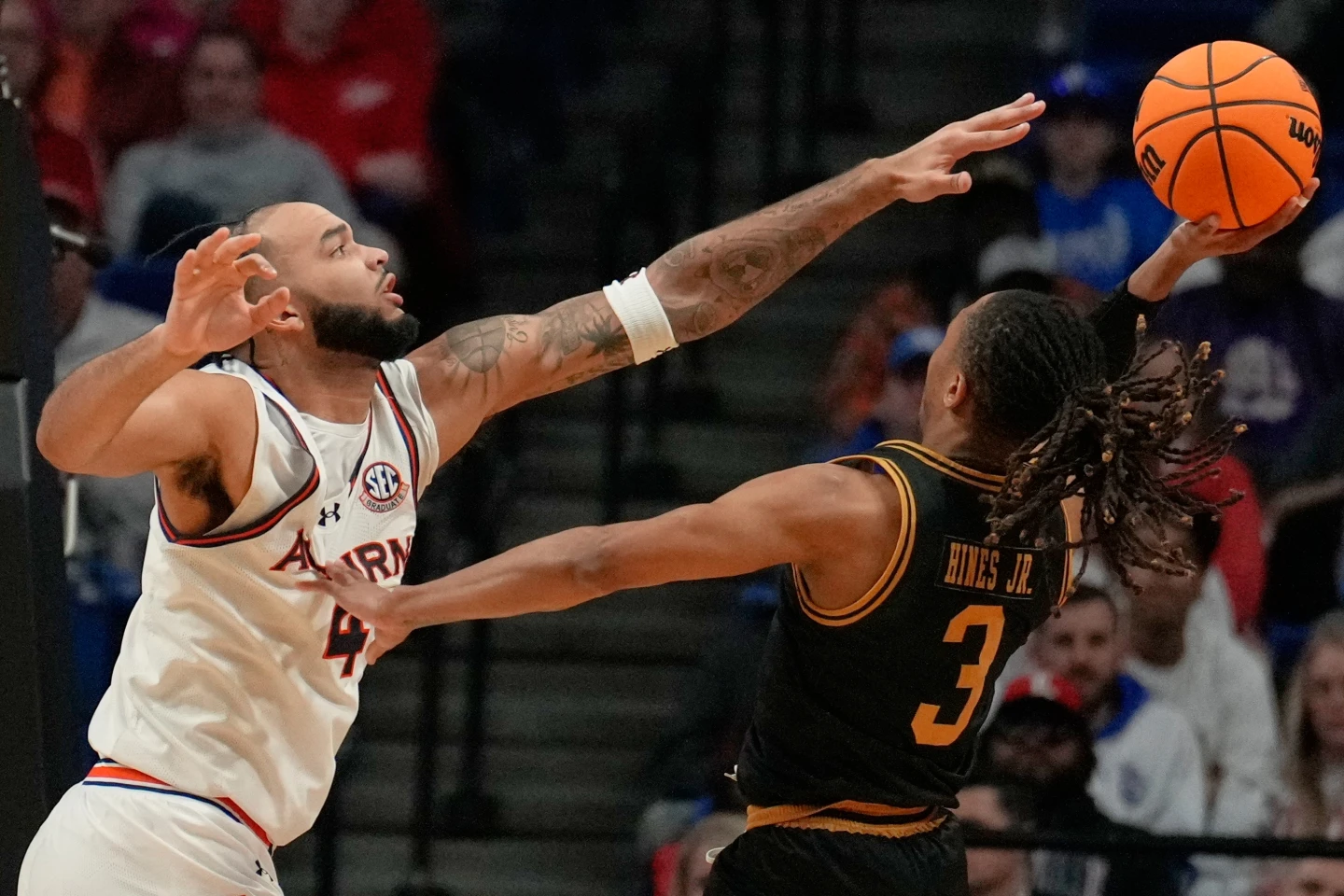
Now, a player who wants to move doesn’t have to go pro
In 2021, due to legal pressure, the NCAA relaxed and eventually removed the rule that forced players to sit out a year before transferring. That same year, name, image, and likeness (NIL) deals were allowed, enabling players to make money while playing college sports.
This change reshaped how programs are built and how players’ futures are viewed. Now, there’s another option besides staying at one school or going pro: finding another team to play for.
“March Madness is a great opportunity to see great players, and for athletic departments to go back and check their budgets and see if they can afford these players,” said Len Elmore, who played at Maryland in the early ’70s, then spent 10 years in the NBA, followed by decades of calling games on TV.
“When you think about institutions that hire general managers for athletic departments, the line of demarcation between pros and colleges has been blurred, if not obliterated.”
Transfer portal, NIL benefit some but leave others behind
After the best moment of the tournament so far — Derik Queen’s buzzer-beating bank shot that sent Maryland to the Sweet 16 — Queen was asked what his coach, Kevin Willard, means to him and his teammates.
“First, he did pay us the money, so we’ve got to listen to him,” Queen said.
He got laughs, but his comment highlighted the reality of today’s college sports. Beneath the millions being made from NIL deals, there are many concerns that don’t make the headlines.
Trends since 2021 suggest that around 2,000 men’s players will enter the portal this year, with a quarter of them not getting signed by anyone.
There’s also the issue of timing. This problem first came up last season when the portal opened right after the March Madness brackets were announced (it was delayed a week this year), causing some players (and schools) to be torn between playing in the tournament and looking for another team.
This situation was especially clear during football season when players — like Penn State backup quarterback Beau Pribula, who became the face of the issue — were leaving teams as the transfer portal opened just in time for the playoffs.
“We’re doing a disservice to the sport when we have the transfer portal, which is de facto free agency, in the middle of a very important playoff,” Michigan athletic director Warde Manuel said. “I’m hopeful that kids will focus.
But we know there are people around them, in their ears, about what value they have and where they can go. It doesn’t lend itself to a great look for college athletics.”
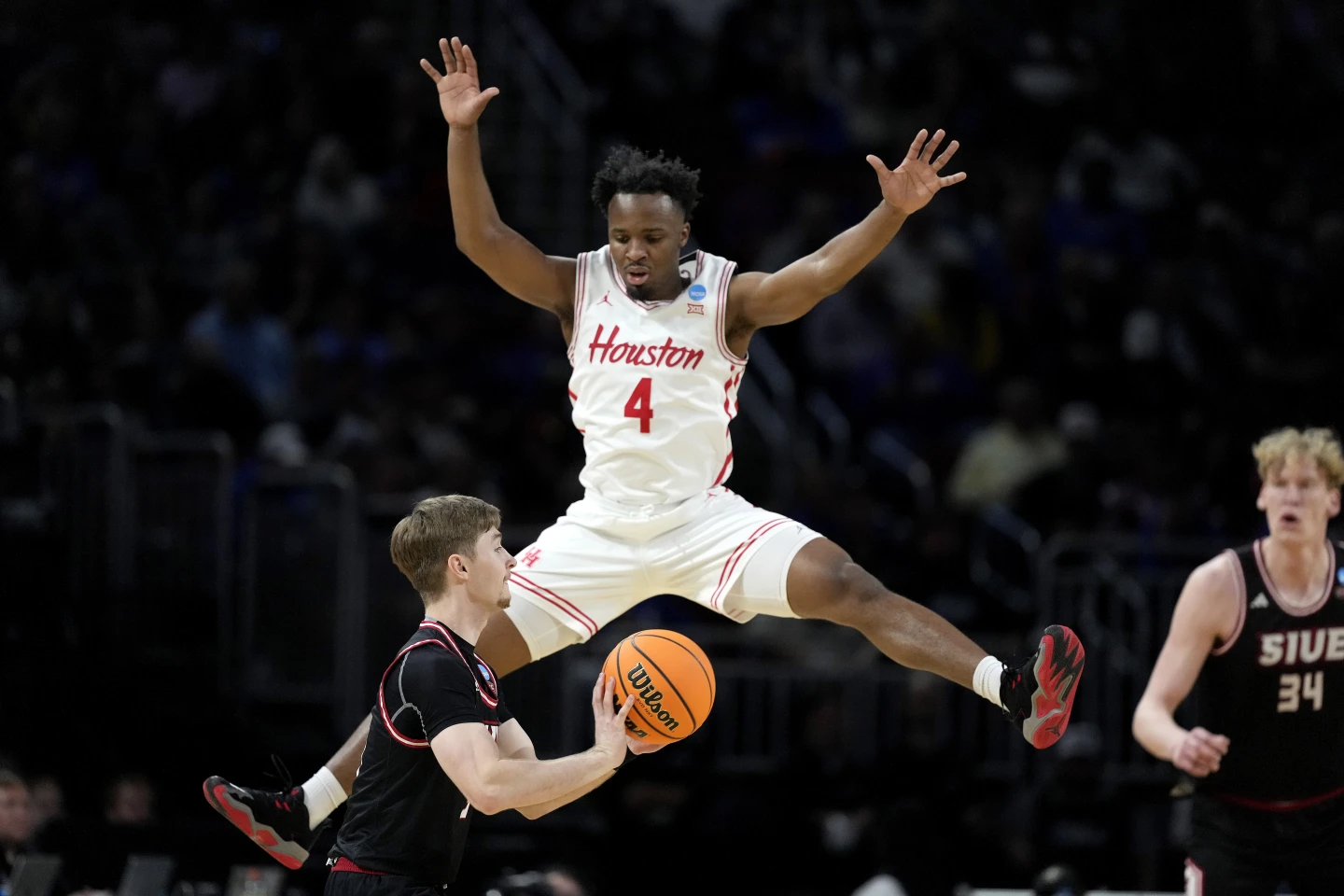
Programs (and players) realize they have to adjust to rules they don’t like
But the rules are in place, and programs that don’t adjust will quickly fall behind.
One could argue that the same three weeks that lead to a title for one team and lasting memories for others in 2025 are just as important for teams that want to be on the biggest stage in 2026, 2027, and beyond.
Stewart at BYU is part of a coaching and scouting staff similar to those in the NBA, set up by Young, a longtime NBA assistant who has brought many of his philosophies to the college game.
The Cougars, whose recruiting class for next year is already strong thanks to the signing of high school star AJ Dybantsa, look for players who can move quickly up and down the court, shoot 3-pointers, and avoid getting stuck in the mid-range jumper game.
“The most important thing in all these games is ‘KYP,’ know your personnel,” Stewart said. “Understanding the analytics side, and style of play, those things start to merge and you get great perspective on players who fit certain coaching styles.”
Once all that is in place, it’s the player’s chance to perform when the lights are brightest.
“If people are considering other options for future years, then yeah, absolutely, this is the best time of year for our sport and they’re getting a chance to showcase what they can do,” VandeWettering said.

